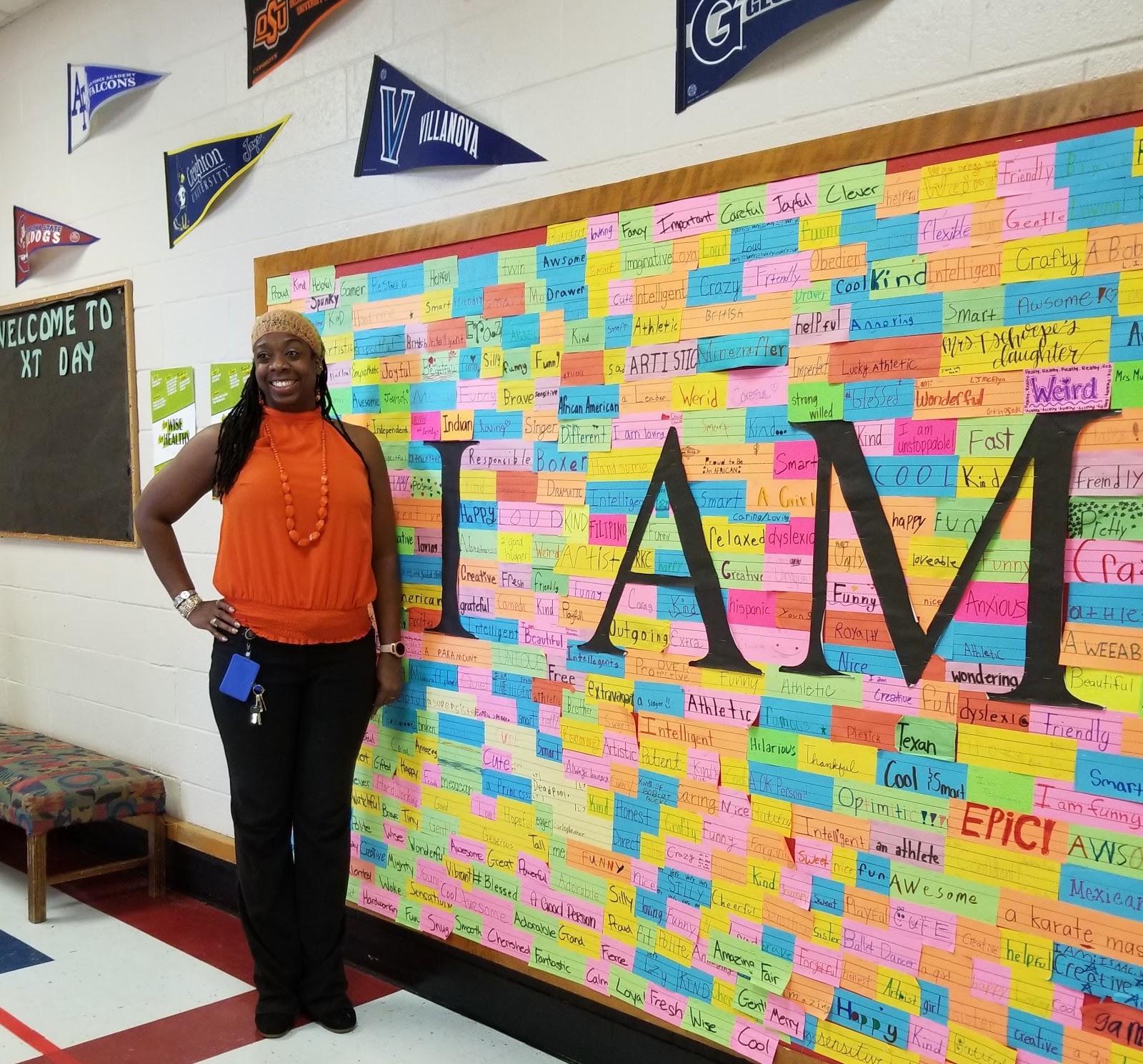
From Langston to the World
Ta-Tanisha Jefferson discusses her journey from struggling at school to thriving at college and in the classroom.

Ta-Tanisha Jefferson discusses her journey from struggling at school to thriving at college and in the classroom.
School felt like a blur for Ta-Tanisha Jefferson. As a young girl she was aware of the hard times confronting her family and directed her energy towards figuring out ways to help her mom. "I had a special needs brother who suffered from seizures. My mom worked two jobs, and her money went to his medicine."
Given the circumstances, academics weren’t much of a priority, and Ta-Tanisha’s memories of school have very little to do with the people. “I recall going to school because I could use a restroom that flushed. I remember going for breakfast and food. And while I was at school, I thought about home.”

By her middle school years things only felt worse. Ta-Tanisha was one of several students bussed to a school outside her neighborhood as a part of Tulsa’s desegregation efforts. “People did not look like me or talk like me and did not understand me. It was hard. I really hated school.”
Despite these challenges, Ta-Tanisha was sensitive to what her family was going through and stuck it out. Her perseverance and her mom’s encouragement kept her on her path, even if she did not yet know where the journey would lead.
“I went to school because my mom expected me to, and she had enough going on.” In fact, it was her mother who pushed her to apply to Langston University, a historically black university, and an experience Ta-Tanisha describes as life-saving.
At Langston, Ta-Tanisha felt seen by her professors. They saw her potential, pushed her to grow, and expected nothing less. The experience of having professors she could relate to and who understood her was profound. Faculty commonly told students, “Look, this is how the world will be for you. We’re not the same, but we’re the same, and we’re facing some of the same issues.”
Although Ta-Tanisha Jefferson doesn’t recall a specific moment in her life that pulled her towards the classroom, she left Langston with a desire to pay it forward. She says Langston was “just what I needed to show me who I was.”
The hardships she faced as a child give her unique insight into her students and the realities confronting them daily. Now, as a Gifted and Talented teacher at Hamilton Park Pacesetter Magnet in Richardson ISD, Ta-Tanisha emphasizes community building and empathy in her role as an educator.
“When kids come across me, I want them to know that I see them and believe they are important. You don’t know what they’re living through. You don’t know what school means to them. If I can inject positivity and love, it’s easy for me to do; so why not?” It’s an intentional approach that influences how she relates to others.
As Ta-Tanisha reflects on how teaching has changed her, she can’t help but think about how scared she felt as a young girl and how she intentionally kept things to herself. She believes that a teacher’s ability to make human connections with students, parents, and community members requires self-awareness, a message she’s able to deliver to her students through the “Habits of Mind.” curriculum.
The Habits of Mind curriculum integrates elements of social emotional learning and helps students develop a level of self-awareness regarding their environment and behavior. It helps students figure out what to do when they don’t know what to do. Something to put in their back pocket!
In one lesson, she had students build a paper tower in front of an oscillating fan, without using tape. In another lesson, she had students engage in risk-taking. Activities such as these help students think through the task, provide rationale for how they arrived at their decision and engage in self-reflection. She creates a space for her students to develop empathy by reflecting on the outcome of the activity and what their peers might have felt.
Ta-Tanisha wants her students to understand that although some of the tasks will be hard, they must be done, and she pushes them to identify strategies to make it work. “It doesn’t mean you’re not afraid—you’re going to flex on fear. Will you allow fear to be your motivator or bully?”
She acknowledges, “We’re not all ready at the same time. Some of us need more time and that’s okay. I want them to feel good about who they are.”
As Ta-Tanisha reflects on the impact she’s been able to make on others, she grounds herself in the concept of acceptance. “I want my students to know that I cared. I want my students to have felt loved by me—to know that I believed in them. Everybody should have someone who knows who they are and accepts and loves them anyway. I want them to remember me as the person who loved them just because they were themselves.”
From Tulsa to Langston University to the path she now walks in the world, Ta-Tanisha helps her students see what’s possible as they navigate their own journeys.
Whatever your background and path, there’s a classroom where your experience can change a child’s journey and a teacher preparation program to help you get there. Want to find out more?